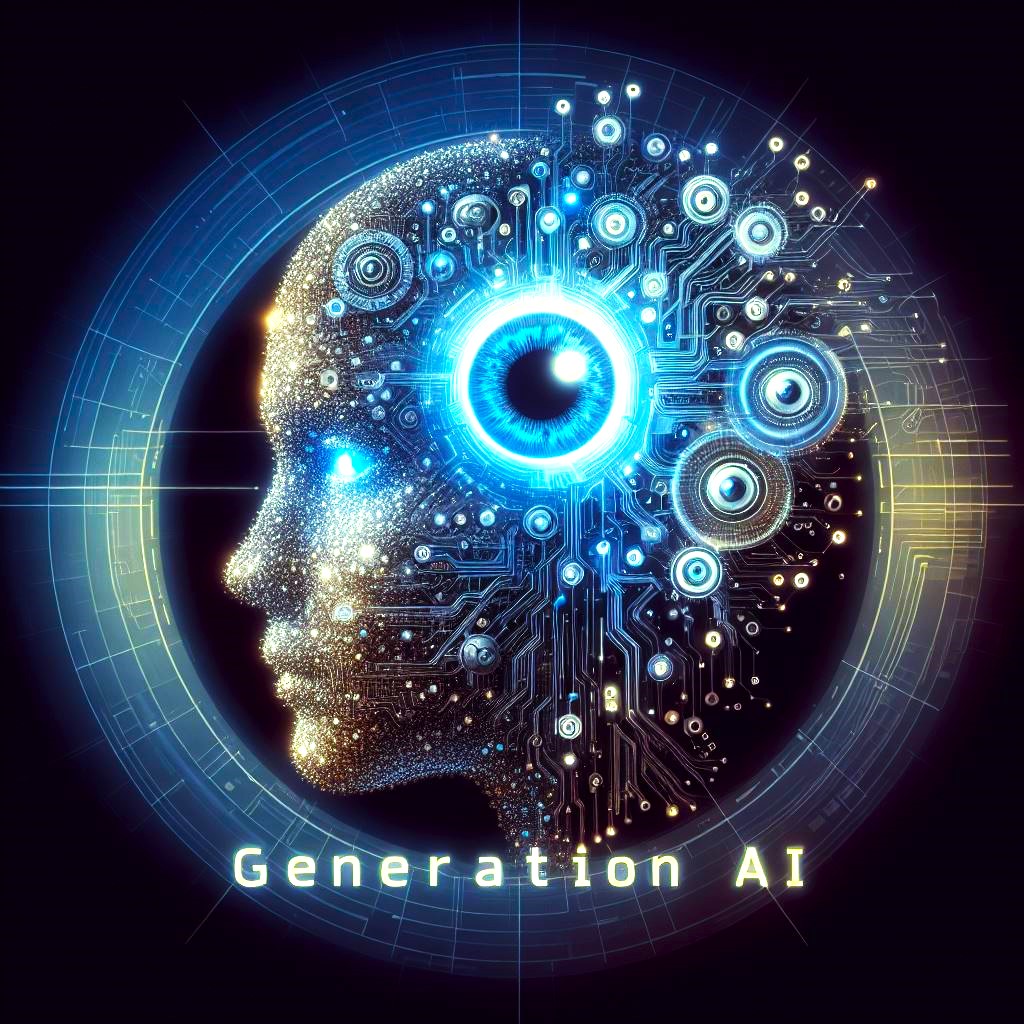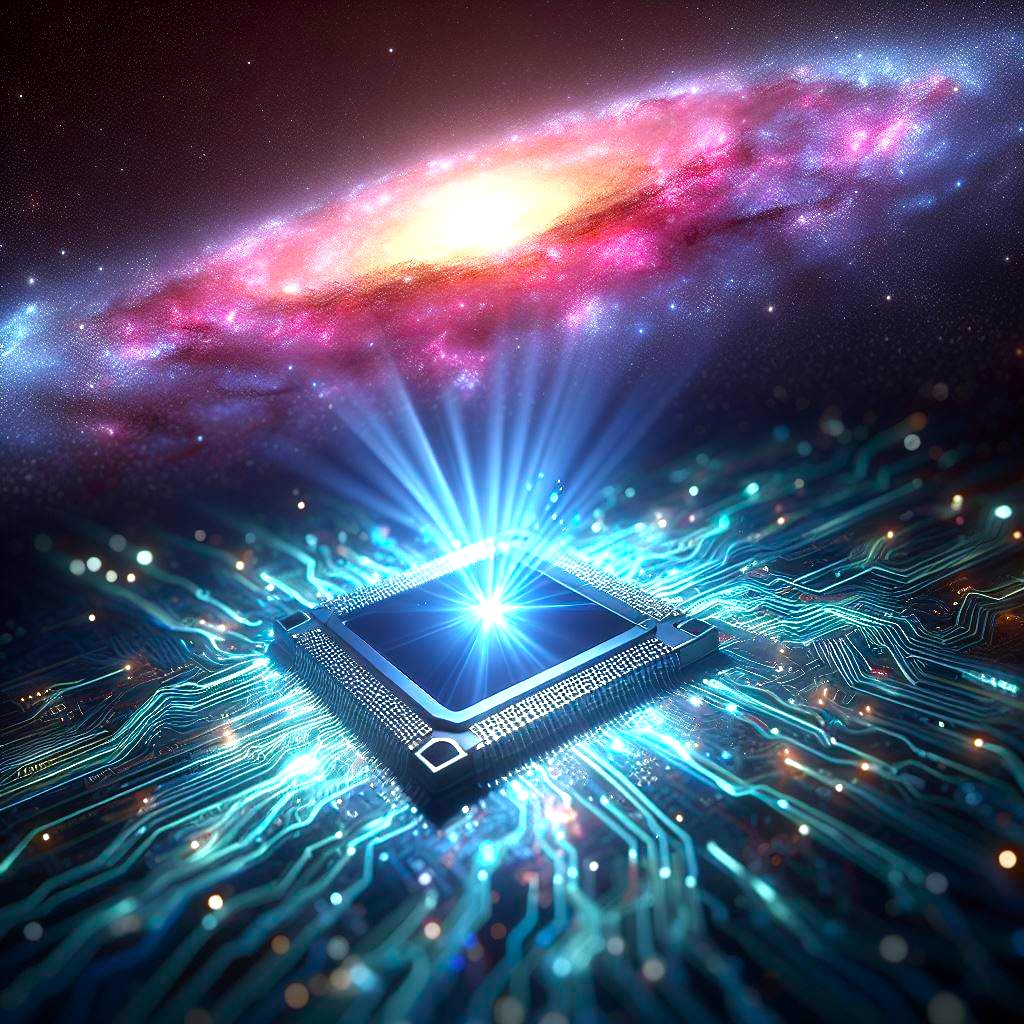Scientists have recently achieved a remarkable breakthrough by creating pure silicon, which could pave the way for quantum computing
The world’s purest silicon
Researchers have developed an ultra-pure form of silicon, known as silicon-28 (Si-28), which is fundamental for ‘silicon-spin qubits’ in quantum computers. This advancement addresses a major challenge in quantum computing: the ‘fragile quantum coherence.’
Quantum computers tend to accumulate errors quickly due to slight environmental changes, affecting their dependability.
Quantum bits, or qubits, are analogous to classical computer bits but are extremely sensitive to environmental interference.
Technical
Current quantum computers, even when cooled to near absolute zero, can only maintain error-free operation for a very short time.
This new technique generates qubits by embedding phosphorus atoms into crystals of pure, stable silicon. A concentrated silicon beam then directs onto a silicon chip, replacing impurities with pure silicon.
As a result, the impurity levels in silicon have been significantly reduced, from 4.5% to a mere 0.0002%.
David Jamieson, a project co-supervisor from the University of Melbourne, mentioned that the team achieved this level of purity using a standard piece of equipment – an ion implanter – that’s typically found in semiconductor fabrication laboratories.
Richard Curry, a professor at The University of Manchester where extensive research took place, believes that this advancement could accelerate the development of operational quantum computers. Processes that might have taken a decade to complete could now be accomplished in potentially half that time or less.

Potential impact
Practical quantum computers have the potential to revolutionize numerous fields
- Energy Optimization: They can solve intricate problems related to energy.
- Artificial Intelligence: Quantum computers may significantly boost AI capabilities.
- Drug Discovery: They could expedite drug development and molecular simulations.
- Communication: They can enhance encryption and communication protocols.
The creation of the world’s purest silicon represents a significant step forward in the development of large-scale quantum computers.










































